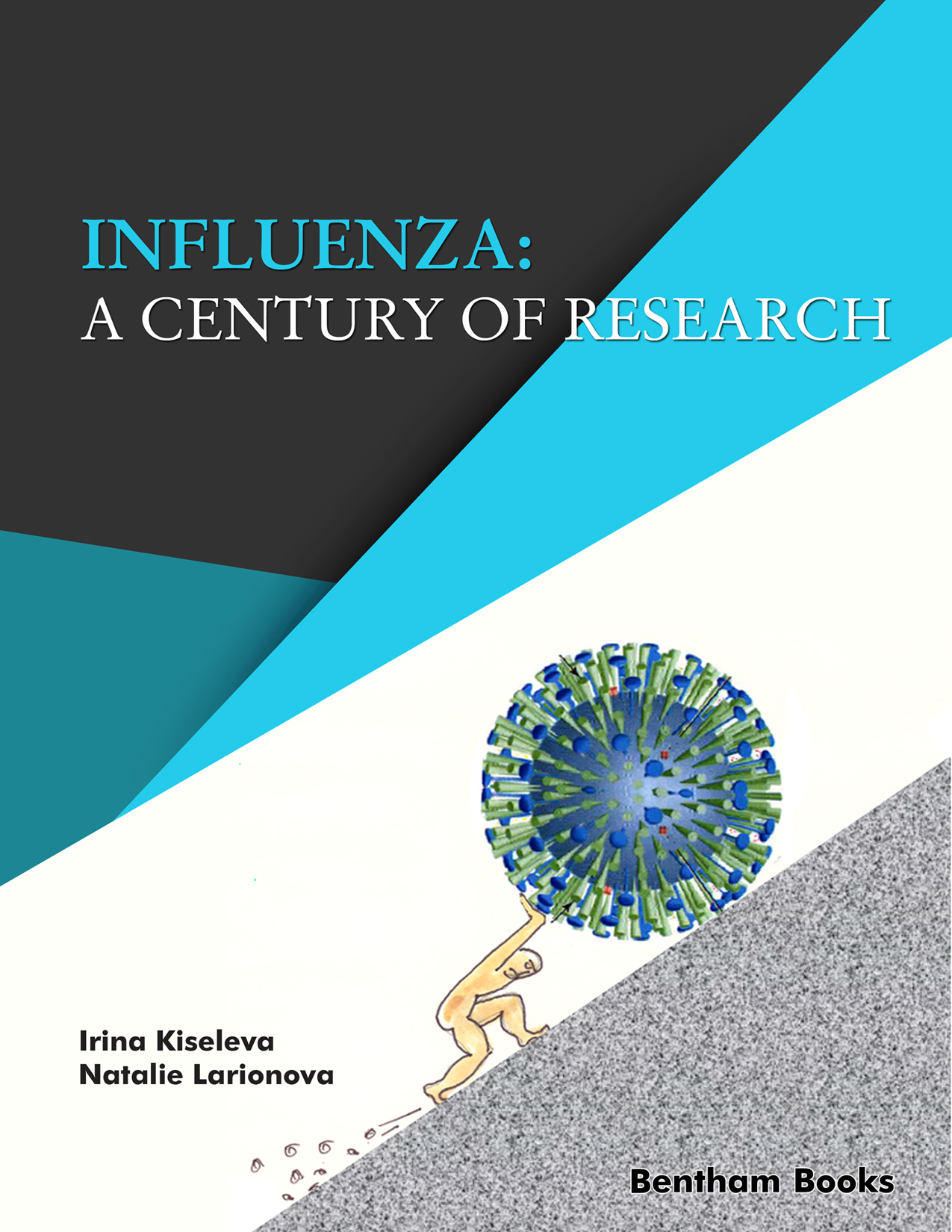Influenza is one of the most mysterious and ancient diseases that have been accompanying our civilization for centuries. The first written description of influenza-like disease belongs to Hippocrates (5th century BC). However, the exact age of the influenza virus is unknown.
Humankind has successfully defeated many dangerous infections that caused harm to human health and safety. Plaque, polio, smallpox, tuberculosis, measles, and many other infectious diseases were completely eradicated or controlled. In contrast, influenza control remains a serious problem for public health.
According to the World Health Organization, influenza is responsible for 3-5 million severe illnesses worldwide and up to 650 thousand respiratory deaths. The unpredictable character of the influenza virus spread is a significant threat to humans. In the last eight decades after the first influenza virus was isolated, huge progress has been made in studying, preventing, and treating influenza. Several influenza vaccines and antiviral compounds have been licensed. However, the influenza virus is still ahead of us. Therefore, this eBook aims to show how influenza virology has developed historically. We briefly demonstrate the tremendous success that has been achieved in the study of influenza over the past 100 years and discuss if there is a way to control this infection.
A lot has been written about influenza already. PubMed and other online resources supporting the search and retrieval of peer-reviewed biomedical and life sciences literature comprise over 200,000 articles, reviews, and books. In this eBook, we have tried to illuminate knowledge on influenza from a historical perspective, chronologically, with an emphasis on the virological part of the studies.
Chapter 1 describes a history of isolation of the first influenza viruses and dwells on the historical aspect of the development of appropriate substrates and models for studying influenza. Chapter 2 addresses the genome and capsid structure, molecular mechanisms of replication, and life cycle of the influenza virus. Mechanisms involved in the attenuation and virulence of the influenza virus are also discussed. Chapter 3 presents a comprehensive review of the influenza virus ecology and evolution. The origin of epidemic and pandemic influenza viruses is discussed as well. Chapter 4 focuses on influenza prophylaxis and treatment. Historical aspects of current achievements in this field were reviewed. Reasons contributed to insufficient control for influenza are highlighted in Chapter 5. The main properties of the influenza virus that may influence control for influenza are described. The COVID-19 pandemic affected both all aspects of our lives and the circulation of seasonal respiratory viruses. Chapter 6 describes some issues arising with the spread of pandemic viruses in general and SARS-CoV-2 infection in particular.
The short final Chapter 7 has been written in the form of conclusion; it is devoted to briefly summarize the 100-year study of influenza. Despite the huge number of research and years or rather centuries of research, a cure for the virus has not yet been found. The possibility of defeating influenza in the nearest future is discussed.
The intended audience for this eBook includes students of biological and medical colleges, Ph.D. students, post-docs, a wide range of virologists who are specialized in the field of influenza, and everyone interested in this infection.
CONSENT FOR PUBLICATION
Not applicable.
CONFLICT OF INTEREST
The author declares no conflict of interest, financial or otherwise.
ACKNOWLEDGEMENTS
Finally, the authors would like to thank Dr. Vladimir Zarubaev for writing the foreword, Bentham Science Publishers for the continuous support throughout the process of writing this book, and the Russian Science Foundation (grant 21-75-30003) for the financial support.
Irina Kiseleva
&
Natalie Larionova
Institute of Experimental Medicine
St. Petersburg
Russia

